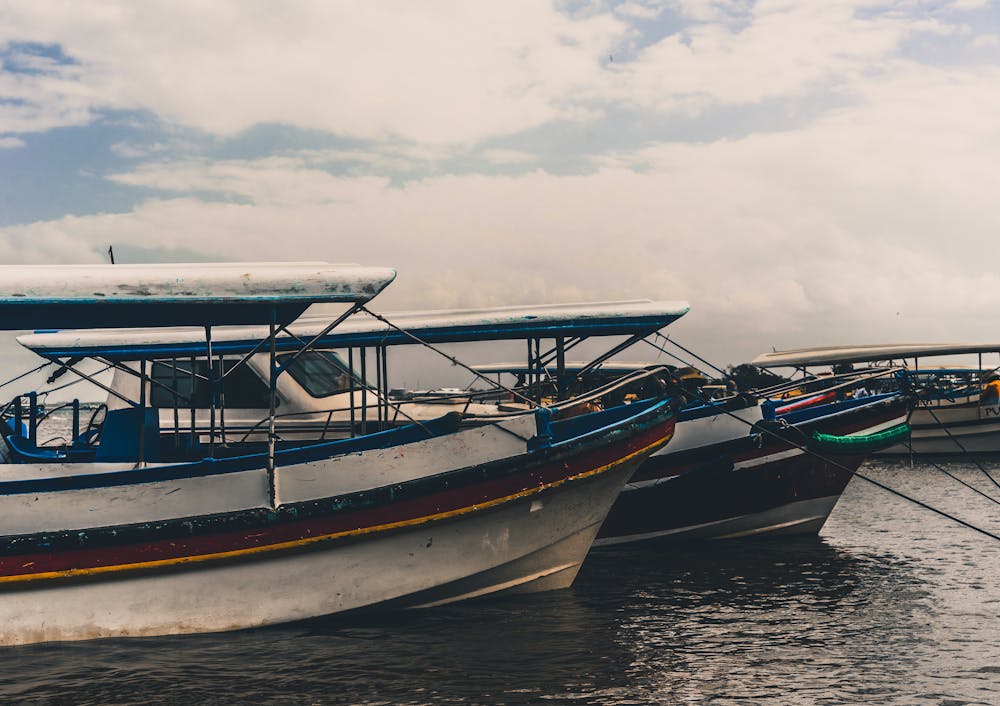Marine operations can be thrilling yet challenging, especially when it comes to safeguarding your equipment. With the constant motion of the sea and unpredictable weather conditions, your gear faces numerous risks. However, with the proper precautions, you can ensure that your equipment remains secure and operational throughout the voyage.
In this blog post, we’ll explore various strategies to protect your marine equipment. We’ll cover essential safety measures, types of protective gear, and practical tips to help you maintain the longevity and performance of your assets. Whether you’re a seasoned mariner or a newcomer to the seas, you’ll find valuable insights to keep your operations running smoothly.
Understanding the Risks in Marine Operations
Marine environments expose equipment to unique challenges. Saltwater, high humidity, and constant movement can cause wear and tear on even the most robust gear. Understanding these risks is the first step in ensuring the safety of your equipment.
Environmental Factors
Saltwater is corrosive and can quickly damage metal parts. High humidity levels contribute to rust and other forms of corrosion. UV rays from the sun can degrade materials like rubber and plastic over time.
Mechanical Stress
The constant motion of the vessel can cause mechanical stress on equipment. Vibrations and impacts can loosen bolts, crack surfaces, and cause leaks.
Human Error
Even the best-prepared crews can make mistakes. Missteps during loading and unloading, improper storage, and mishandling of gear are common causes of equipment damage.
Importance of Routine Inspections
Regular inspections are crucial for identifying potential issues before they become major problems. By routinely checking your equipment, you can catch signs of wear and tear early and take corrective action.
Visual Inspections
Conduct visual inspections before and after each operation. Look for signs of corrosion, cracks, and other visible damage. Pay special attention to joints and connections.
Functional Tests
Perform functional tests to ensure that equipment is operating correctly. Test moving parts, pressure gauges, and seals to confirm they are in good working order.
Documentation
Keep detailed records of all inspections and maintenance activities. Documenting your findings helps track the condition of your equipment and identify recurring issues.
Ensure You Have the Proper Safety Equipment
Having the right safety equipment is essential for protecting your gear during marine operations. These items not only safeguard your equipment but also enhance the safety of your crew. There are options like hose floats, pipe floats, cable floats, and umbilical floats, as seen on the https://ezconnectfloats.com/floats/ website. These floats keep hoses, pipes, and cables buoyant, preventing them from sinking and getting damaged underwater. Use protective covers to shield sensitive equipment from the elements. Waterproof covers can protect electronic devices, while UV-resistant covers help preserve rubber and plastic components. Install safety barriers around critical equipment to prevent accidental impacts. Barriers can be made from sturdy materials like steel or reinforced plastic.
Best Practices for Equipment Storage
Proper storage is key to maintaining the longevity of your equipment. Follow these best practices to keep your gear safe when not in use.
Dry Storage
Store equipment in dry areas to prevent moisture buildup. Use dehumidifiers and moisture-absorbing products to keep storage spaces dry.
Organized Layout
Organize your storage area to ensure easy access to equipment. Label shelves and boxes, and keep frequently used items within reach to minimize handling.
Regular Maintenance
Perform regular maintenance on stored equipment. Lubricate moving parts, check seals and replace worn-out components to ensure readiness for the next operation.
Training and Awareness
Proper training is essential to ensure that your crew understands how to handle equipment safely. Investing in training programs can prevent accidents and equipment damage.
Handling Procedures
Teach your crew the correct procedures for handling and operating equipment. Include instructions on proper lifting techniques, safe loading practices, and emergency protocols.
Safety Drills
Conduct regular safety drills to reinforce the importance of proper equipment handling. Drills should simulate real-life scenarios to prepare the crew for unexpected situations.
Continuous Education
Encourage continuous education by providing access to training resources and industry updates. Keeping your crew informed about the latest safety practices enhances overall operational safety.
Utilizing Advanced Technology
Advanced technology can play a significant role in protecting your marine equipment. From sensors to tracking systems, these innovations offer additional layers of security.
GPS Tracking
Use GPS tracking systems to monitor the location of your equipment. This is especially useful for tracking movable assets like boats and buoys.
Condition Monitoring
Implement condition monitoring systems that use sensors to track equipment health. These systems can alert you to potential issues like overheating or excessive vibration.
Remote Diagnostics
Remote diagnostics tools enable you to troubleshoot equipment problems from anywhere. This can reduce downtime and ensure that issues are addressed promptly.
Ensuring the safety of your equipment during marine operations is vital for successful and efficient voyages. By understanding the risks, performing routine inspections, and using the proper safety equipment, you can protect your gear and enhance the safety of your crew. Investing in training, advanced technology, and reliable suppliers further supports this goal.


